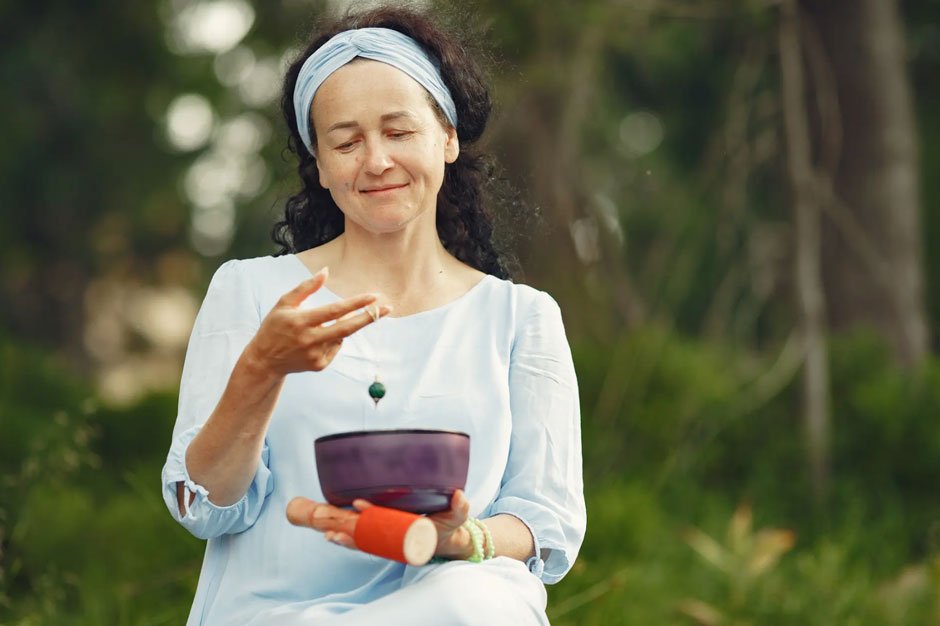
Today’s society tends to limit the term “healing” to prescriptions and days off because of the high speed of our lives. True healing that lasts is deeper than that. True healing involves trusting the existence of a whole person as a functioning organism comprising integrated mind, body, and spirit systems.
This is the basis of holistic healing. When we take action with small, intentional practices on the daily, we can promote recovery, decrease stress, and feel more energized in our bodies. Below we will explore self-care practices that are not only calming but restorative with real well-being underpinning it.
What Does Holistic Healing Really Mean?
Rather than taking a traditional approach that addresses only symptoms, holistic healing considers your health as a whole – a balance of rest, nourishing your body, being steady mentally, and tuning into your surroundings.
These are not trends, they are lifestyle changes that will allow the body to heal itself, and to consistently perform better.
Start with a Grounded Morning Routine
Your morning is very important, or at least more important than you realize. Beginning the day with intent, versus immediately rushing into emails or social media, gives your body the opportunity to adjust the stress response, increases concentration, and can help sustain your energy.
A grounded morning routine does not have to be elaborate or complex. Some simple habits may include:
- Drinking a glass of water before coffee
- Stretching or doing some yoga poses
- Practicing breathwork or brief journaling
- Getting 5–10 minutes of natural sunlight
These components set the stage for recovery, provide your mind with clarity and your body with stability to maintain throughout the day.
Support Physical Recovery the Natural Way
Your body is doing a lot of work for you – whether it’s your workouts or just trying to cope with long hours of sitting or standing. Supporting the physical recovery process is vital to avoid burnout and injury.
Movement everyday helps, even if it’s just light! Any activity such as walking, stretching, or restorative yoga – helps boost circulation and keep your joints happy. But if you are sore or are working with a minor muscle strain, it is important to give your body some extra love and care. If you learn how to speed up muscle strain recovery process naturally, simply by resting appropriately, staying hydrated and using topical and recovery modes of treatment, could strengthen your ability to recover quickly.
At the end of the day, the goal is to simply listen to your body and to take good care of it, instead of neglecting and pushing through discomfort.
Nourish Your Body From Within
Food is one of the most powerful forms of self-care. Whole, nutrient-dense meals provide your body with what it needs to restore energy, repair tissue, and reduce inflammation.
Try to prioritize:
- Leafy greens, berries, and cruciferous vegetables
- Omega-3 fats from flaxseed, walnuts, or wild salmon
- Whole grains like quinoa or brown rice
- Plenty of water throughout the day
While eating whole foods should always come first, some people find that adding a greens supplement helps round out their nutrition—especially during busy weeks. Including one of the best greens powders can support digestion, immunity, and energy levels when fresh produce isn’t always on hand.
The key is consistency, not perfection—fuel your body with what it genuinely needs.
Reset with Restorative Practices
Modern living stimulates our nervous systems to be on high alert. Between screens, busy schedules, and noise, it can be easy to stay in “fight or flight” mode. The never-ending activation wears away at our bodies, making recovery slower and sleep less restful.
Embed rituals that soothe the nervous system and create opportunities for deep rest:
- Gentle stretches in the evening or a slow walk at sunset
- Aromatherapy with calming essential oils
- Deep breathing practices before bed
- An Epsom salt bath to relax sore muscles
Quality sleep is a cornerstone of recovery. Consider limiting screen time before bed, sticking to a consistent sleep schedule, as well as keeping your room a little more cool and dark for an overnight reset.
Reconnect with Nature for True Balance
One of the most underrated ways to promote holistic healing? Spend more time outdoors.
Research shows that even 20 minutes in nature can lower cortisol levels and reduce inflammation. Being outside offers physical, mental, and emotional benefits—without needing anything fancy. Some ideas:
- Morning walks in a quiet park
- Gardening or planting herbs at home
- Sitting barefoot in the grass (grounding)
- Watching the sunset mindfully
Nature doesn’t just soothe—it actively helps the body recover by slowing down your stress response and rebalancing your internal rhythms.
Building a Self-Care Routine That Lasts
The beauty of holistic healing is that it’s not about intensity—it’s about consistency. You don’t need to overhaul your life overnight. Instead, start small:
- Add one new ritual each week
- Focus on how your body feels, not how it looks
- Make space for rest just as you do for productivity
The rituals you choose—whether it’s stretching in the morning, getting outside more, or fueling your body with clean food—become part of your foundation. They’re tools you can return to over and over again, especially when life gets overwhelming.
Healing isn’t linear. Some days you’ll feel great, others not so much. But each small choice supports your body’s natural ability to recover, repair, and thrive.
Final Word
Holistic self-care is not doing more. It is doing what matters. When you give your body the bodywork, the space, and the food it needs, then healing is something you live in, not something you chase after.
